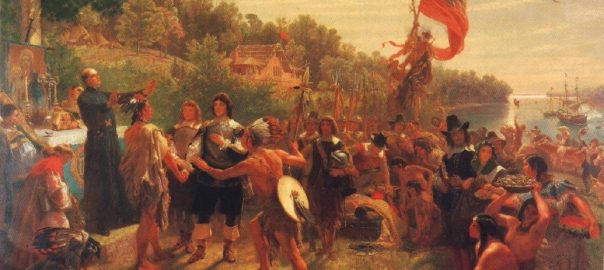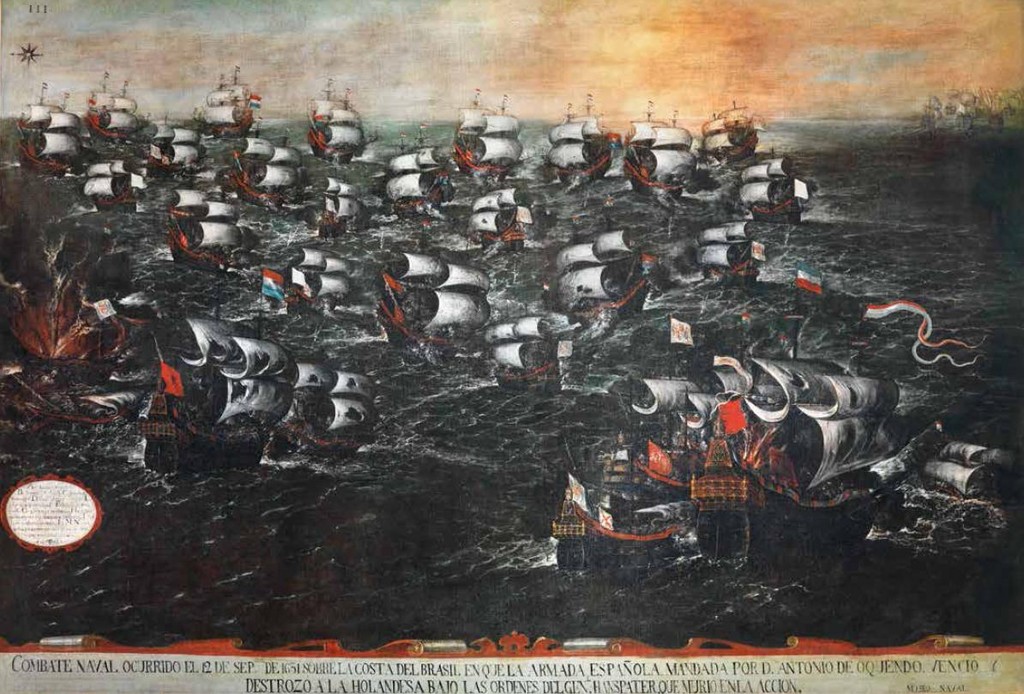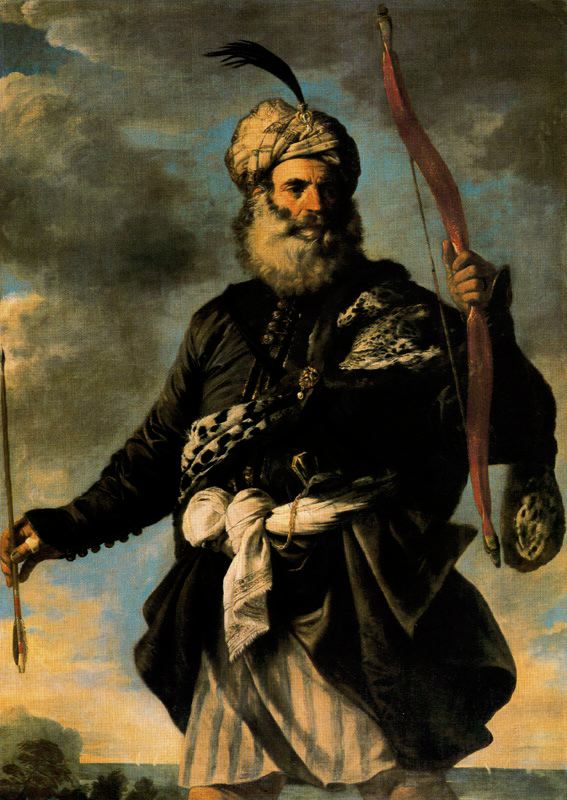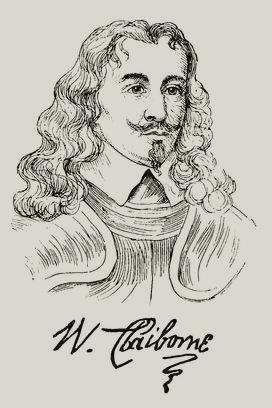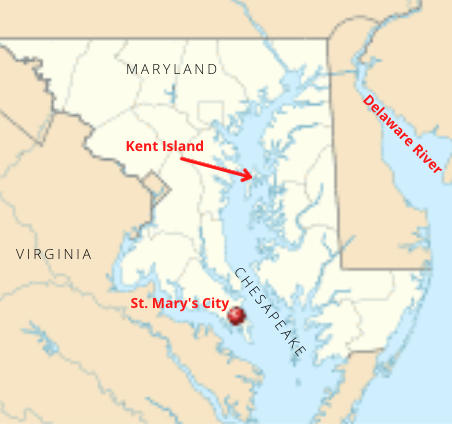In 1631 CE, nearly all the significant conflicts in the emerging world system were being waged at sea. The Iberians were conducting significant battles against the Dutch both in the North Sea and over near the coast of Brazil. Those rogues the Dutch-led pirates of Salé (Morocco) sacked the west-Ireland town of Baltimore. Meantime, over in North America, the Catholic “earls” of Baltimore were getting into an inter-colony argument with a leading rep of Protestant Virginia over a strategic island in the Chesapeake. Even Sweden’s King Gustavus Adolphus, whose big power-projection project the good ship ‘Vasa’ had sunk so embarrassingly three years earlier, used smaller ships to lead his well-trained armies across the Baltic to launch a strong intervention in the continent’s Thirty Years War.
But before getting to those news items I’ll start with quick takes from two of the era’s big land-based empires. And then, we’ll go to sea.
Mughal emperor’s wife dies in childbirth. He builds a mausoleum.
In June 1631, Shah Jahan’s lovely wife Mumtaz Mahal died in childbirth while giving birth to her fourteenth child. English-WP tells us:
She had been accompanying her husband while he was fighting a campaign in the Deccan Plateau… The contemporary court chroniclers paid an unusual amount of attention to Mumtaz Mahal’s death and Shah Jahan’s grief at her demise. In the immediate aftermath of his bereavement, the emperor was reportedly inconsolable. Apparently, after her death, he went into secluded mourning for a year. When he appeared again, his hair had turned white, his back was bent, and his face worn.
He then built her a mausoleum. It’s called the Taj Mahal.
Ming defeated by Later Jin in another northern city
In fall of 1623, the Later Jin leader Hong Taiji led 80,000 fighters to a victory at Dalinghe over a Ming army of 66,000. WP tells us this about the significance of the battle:
The Battle of Dalinghe had proven that the Jurchens [i.e., the Later Jin] were now capable of using artillery to counter the fortifications along the Ming empire’s northern frontier. Whereas the Ming had initially been reluctant to adopt foreign technology in the form of the Portuguese cannons, the Jurchens readily made use of them to address their relative weakness in siege warfare. Instead of avoiding the main Ming strongholds in Liaodong as he had in his 1629 expedition, Hong Taiji could now fight them head on. Moreover, the battle was a success for the newly formed Chinese units fighting under the Jurchens. As the ranks of Ming defectors swelled after Dalinghe and the subsequent battles of Songshan and Jinzhou, the Chinese artillery forces under Tong Yangxing would be expanded into the Chinese Eight Banners, fighting alongside the original Jurchen Eight Banners and the Mongol Eight Banners. The [formerly] Ming officers who surrendered in these campaigns would later have successful careers under the Jurchens. The Liaodong natives of the northern frontier were the best troops of the Ming military, and their incorporation into the Jin dealt the Ming dynasty a crippling blow.
Oh, those Portuguese cannons…
Iberian-Dutch battles on both Atlantic shores
Last year, the Dutch had captured the productive and strategically located Portuguese colony at Recife, Brazil. On 12 September this year, the joint sea forces of the Spanish and Portuguese launched a counter-attack in the seas of Brazil. In the Battle of Abrolhos, 20 Iberian warships battled 16 Dutch warships, inflicting some serious casualties on them.
This WP page gives a taste of what the battle was like:
Fighting began around mid-morning, when [Spanish] Vice Admiral de Vallecilla’s San Antonio opened fire on [Dutch vice-admiral] Thijssen’s advancing Geunieerde Provintien, which closed into board along with Provincie Ultrecht. About 15 minutes later [Spanish admiral] de Oquendo and four other galleons opened fire on [Dutch admiral] Pater’s flagship, which steered directly toward Santiago de Oliste with Walcheren. The Dutch held their opening broadsides until point-blank range, then fired and grappled. A murderous engagement erupted around each flagship and vice-flag, both sides firing repeatedly into their opponents and yet unable to board…
The battle ended in a Spanish-Portuguese victory. Thijssen limped back into Recife with his mauled fleet. The Dutch garrison in that province later withdrew from some spots to concentrate its strength around Recife.
And on that exact same day on the other side of the Atlantic, the governor of Spanish Southern Netherlands ordered a fleet of barges to transport an army to occupy two key islands held by the Dutch United Provinces. The operation that she– yes, the governor was a Habsburg princess, the aunt of Spain’s King Philip IV– ordered aimed at cutting off the province of Zealand from the rest of the UP’s.
The Spanish assault force consisted of 5,500 soldiers on a total of 95 vessels. The UPs’ defense forces got some advance notice of the plan and at the Battle of Slaak was able to repulse the Spanish, fighting mainly on the bodies of water that laced the whole region.
Actually, it seemed like a rout for the Spanish. WP tells us they lost 80 vessels sunk, destroyed, or captured; 1,500 men killed, wounded, or drowned; and 4,000 taken prisoner. WP adds this:
The Admiralty of Amsterdam suggested throwing all prisoners into the sea — until that time the officially prescribed method for the Dutch to dispense with enemy combatants captured at sea — to deter further attempts, but stadtholder Frederick Henry of Orange forbade this… The defeat was one out of a series of setbacks for the Habsburg policy in the Thirty Years War waged the same time in the larger German theatre…
And talking of the Thirty Years War…
I really don’t want to write too much about it here– until we get to its peace settlement, which won’t be until 1648. But I do want to include this little sketch map. It shows how Swedish King Gustavus Adolphus, who did not find it easy to join the maritime “Game of Nations” then raging in the Atlantic because Denmark could easily block his access, was still able to project significant power into Central Europe in those years.
He was projecting it, not surprisingly, in support of the numerous Protestant principalities that dotted the still radically splintered Germany at that time.
‘Barbary pirates’ sack Baltimore, Ireland
I have a brother-in-law who wants me to make sure to mention the slave-raiding attacks the ‘Barbary pirates’ made against various West European shores in this era. In June 1631, a gang of Muslim slave-raiders from North Africa made the largest raid on record against the villagers of Baltimore on the south-west coast of Ireland.
English-WP tells us this:
The Sack of Baltimore took place on 20 June 1631, when the village of Baltimore in West Cork, Ireland, was attacked by the Ottoman [regency of] Algeria from the Barbary Coast of North Africa – Dutchmen, Algerians and Ottoman Turks… The attack was led by a Dutch captain, Jan Janszoon van Haarlem, also known as Murad Reis the Younger.
We had met Janszoon in 1619, when he was first establishing his base in Salé, Morocco. In the interim, in 1627, he had led a slaving raid against Iceland, where his gang captured 12 Icelanders and three Danes. On that occasion, they took their captives home to Salé, where they sold them as slaves. This WP page tells us this about that event:
Accounts by enslaved Icelanders who spent time on the corsair ships claimed that the conditions for women and children were normal, in that they were permitted to move throughout the ship, except to the quarter deck. The pirates were seen giving extra food to the children from their own private stashes. A woman who gave birth on board a ship was treated with dignity, being afforded privacy and clothing by the pirates. The men were put in the hold of the ships and had their chains removed once the ships were far enough from land. Despite popular claims about treatment of captives, Icelander accounts do not mention that slaves were raped on the voyage itself, however, Guðríður Símonardóttir, one of the few captives to later return to Iceland, was sold into sex slavery as a concubine.
(And Janszoon also, around that time, established a base for himself and his corsairs on the Isle of Lundy, in the Bristol Channel. He was reportedly able to hold it for five years.)
Protestant and Catholic English settlers fight over key Chesapeake island
In 1631, a Protestant English trader, merchant, and colonial settler called William Claiborne landed on Kent Island in the Chesapeake Bay along with indentured servants recruited in London and money to start buying local products for the trading venture he planned to launch from there. Claiborne had previously been (perhaps still was?) the “Secretary of State” for the colony of Virginia, where he had lived for some years, having been one of the survivors of the Indian Massacre of 1622.
WP described Claiborne as an Anglican and a Puritan sympathizer. He was also pretty deeply anti-Catholic. In November 1629 he, Virginia Governor John Pott, and two other men signed a letter to the King’s Privy Council complaining that a Catholic guy called George Calvert, the first Lord Baltimore, who had been a high official in the government of the late King James I, had refused to take the Oath of Allegiance and Supremacy to the Church of England.
There was a back-story. Calvert had earlier asked the Privy Council for permission to build a colony, to be called Carolina (in honor of King Charles!) on land south of the existing Virginia settlements in the area of the modern-day North Carolina, South Carolina, and Georgia. But Virginia claimed all that land. So Claiborne, getting wind of Calvert’s plans, had traveled to London to stymie them. And while he was there he also sought a “royal commission” to establish his own planned trading post on Kent Island. In 1631, the requested “royal commission” came through. It “granted him the right to trade with the natives on all lands in the mid-Atlantic where there was not already a patent in effect.” Meantime, he had lined up some London investors for the project, so upon receiving the letters patent he and his indentured laborers were good to go. After landing on Kent Island they started a small plantation and appointed a clergyman for their settlement.
But meantime, back in London, trouble was brewing:
While the settlement on Kent Island was progressing, the Privy Council had proposed to Sir George Calvert, former Secretary of State for the King that he be granted a charter for lands north of the Virginia colony… in order to create pressure on the Dutch settlements further north along the Delaware and Hudson Rivers (modern states of Delaware, New Jersey and New York).
I’m guessing that the Privy Councillors would have judged that a fairly staunch Catholic would build a stronger bulwark against the rampant Puritans of the New Netherlands settlements than a “Puritan sympathizer” like Claiborne would.
Anyway, Calvert himself died before he could act on the new charter, though his son did. WP tells us this:
the Maryland charter included all lands on either side of the Chesapeake Bay north of the mouth of the Potomac River, a region which included Claiborne’s proposed trading post on Kent Island, mid-way on the Bay. The Virginia Assembly, still in support of Claiborne and now including representatives of the Kent Island settlers, issued a series of proclamations and protests both before and after when the news of the granting of the Maryland charter reached across the ocean, claiming the lands for Virginia and protesting the charter’s legality.
The younger Calvert’s group of (mainly Catholic) settlers arrived on the Chesapeake shore in 1634 and established their first settlement at St. Mary’s City on the Western Shore. Claiborne’s conflict with the “Maryland” settlers, in which he was backed by the authorities of Virginia, continued for some years…
(The banner image at the top of this post is a fanciful 19th-century painting of the Piscataway Indians welcoming the Catholic settlers.)
